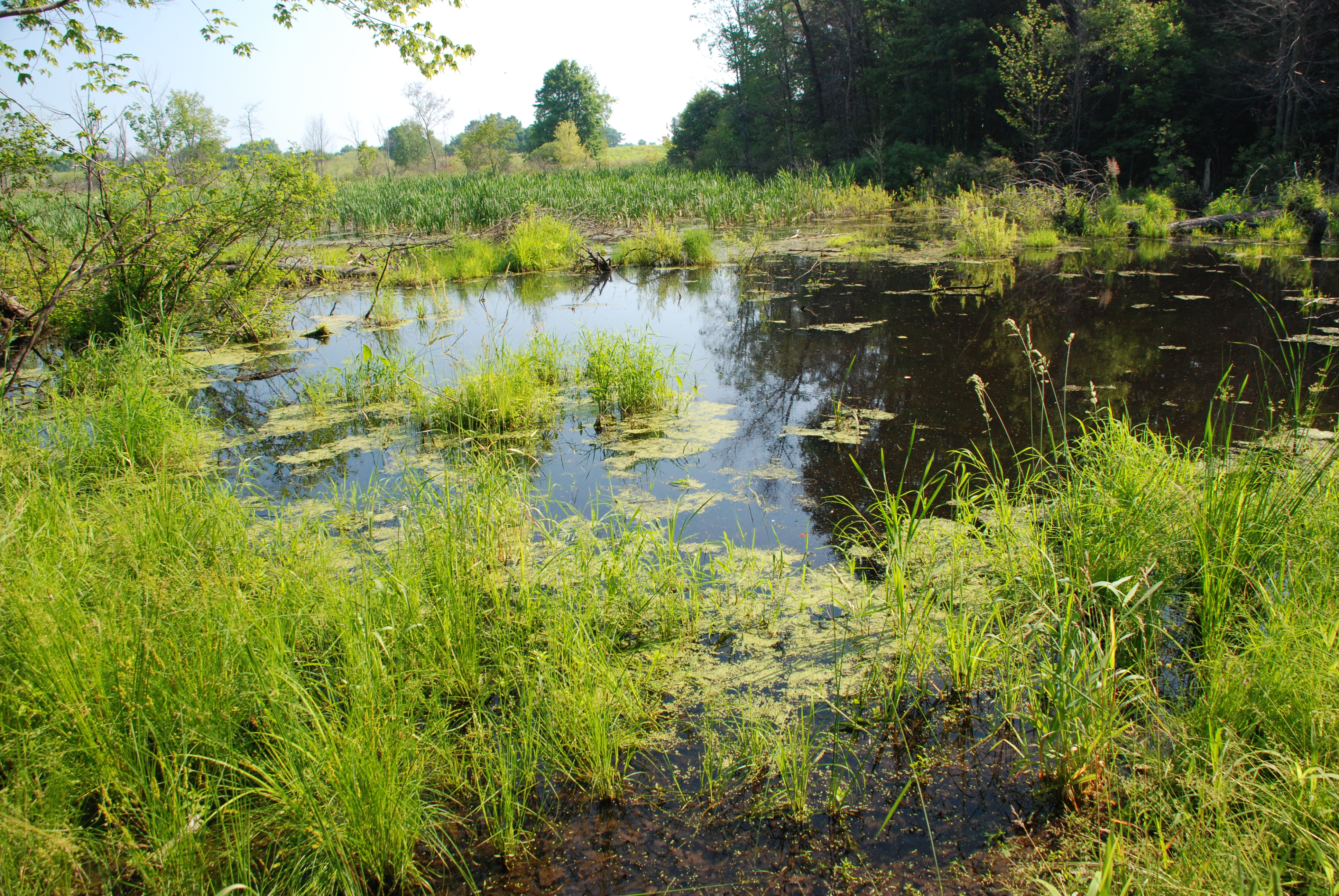
Environmental & Science Education
STEM
Water & Watersheds
Edward Hessler
The U.S. Environmental Protection Agency and the U.S. Army Corps of Engineers are proposing to repeal the Clean Water Rule. The basis of the repeal is that the Obama administration's wetlands rule placed "too much emphasis on science" and not enough on statutory text and legal history.
Science republished an article from E&E News by Ariel Wittenberg explaining this argument. The Clean Water Act applies to "navigable waters of the United States." This phrase has been the subject of three U.S. Supreme Court cases. Wittenberg notes that the most recent case (2006) ended in an unusual 4-1-4 split decision. Interestingly, the stand alone opinion was written by recently resigned Justice,Anthony Kennedy.
The Obama administration made use of Kennedy's opinion in their so-called Connectivity Report. In his opinion, Kennedy wrote that wetlands deserved protection if they, "alone or in combination with similarly situated lands in the region, significantly affect the chemical, physical and biological integrity of other covered words." He referred to this as a "significant nexus." These are the five major conclusions of the "Connectivity Report.".
--The scientific literature unequivocally demonstrates that streams, regardless of their size or frequency of flow, are connected to downstream waters and strongly influence their function.
--The scientific literature clearly shows that wetlands and open waters in riparian areas (transitional areas between terrestrial and aquatic ecosystems) and floodplains are physically, chemically, and biologically integrated with rivers via functions that improve downstream water quality. These systems act as effective buffers to protect downstream waters from pollution and are essential components of river food webs.
--There is ample evidence that many wetlands and open waters located outside of riparian areas and floodplains, even when lacking surface water connections, provide physical, chemical, and biological functions that could affect the integrity of downstream waters. Some potential benefits of these wetlands are due to their isolation rather than their connectivity. Evaluations of the connectivity and effects of individual wetlands or groups of wetlands are possible through case-by-case analysis.
--Variations in the degree of connectivity are determined by the physical, chemical and biological environment, and by human activities. These variations support a range of stream and wetland functions that affect the integrity and sustainability of downstream waters.
--The literature strongly supports the conclusion that the incremental contributions of individual streams and wetlands are cumulative across entire watersheds, and their effects on downstream waters should be evaluated within the context of other streams and wetlands in that watershed.
The current agencies, according to Wittenberg's report, believe that the Obama administration's approach was "an expansive reading" of the Kennedy opinion, that the regulation "does not give sufficient effect to the term 'navigable'," and that not enough attention was paid to a part of the Clean Water Act that "says states and tribes should retain authority over their land and water resources."


Wittenberg ends with a discussion of the "continuum of connectivity" and the issue that Justice Kennedy raised in his opinion, one that the Trump administration has not addressed, namely the balance of science and law.
Please read Wittenberg's report on this complicated issue here.

 CGEE Student Voice
CGEE Student Voice
No comments:
Post a Comment